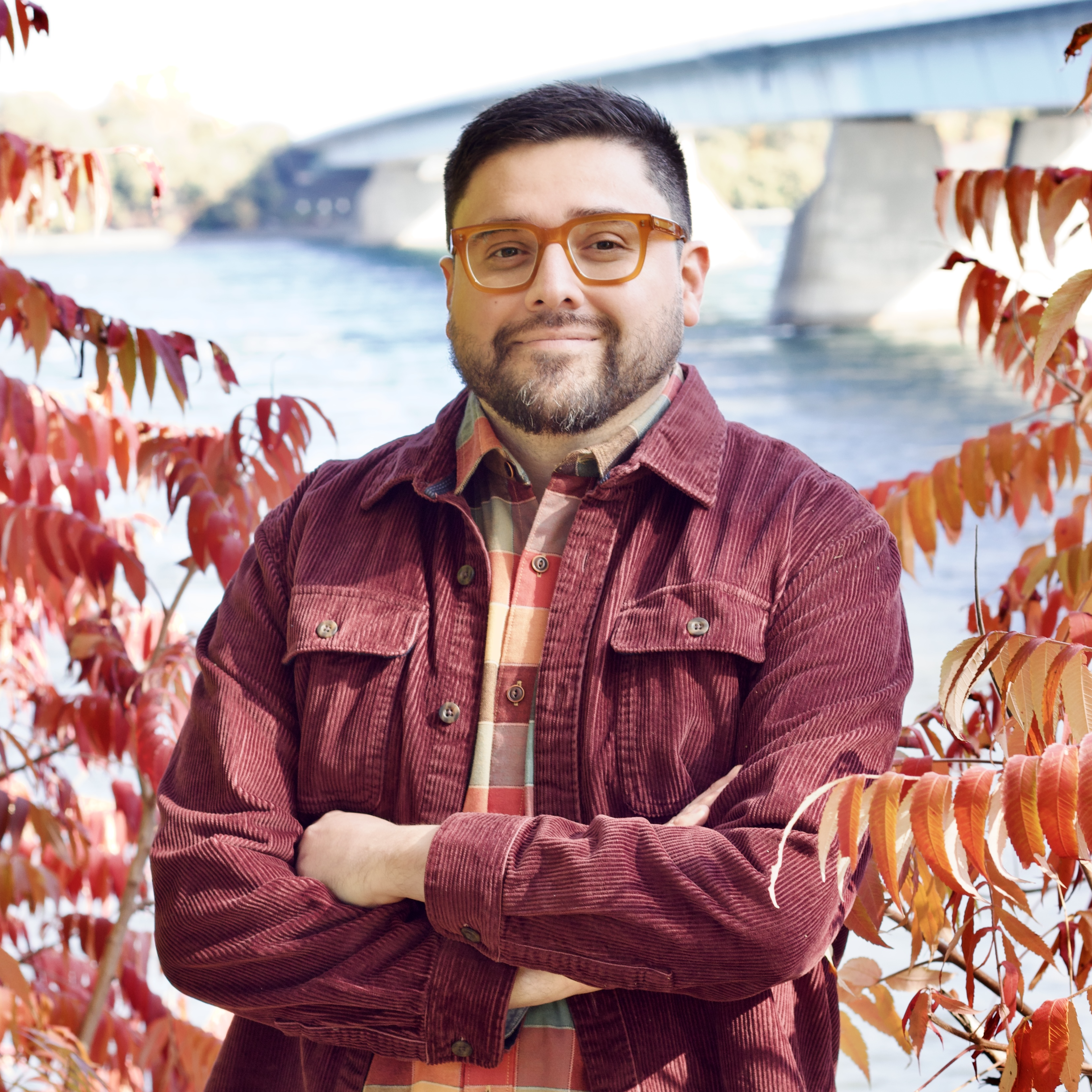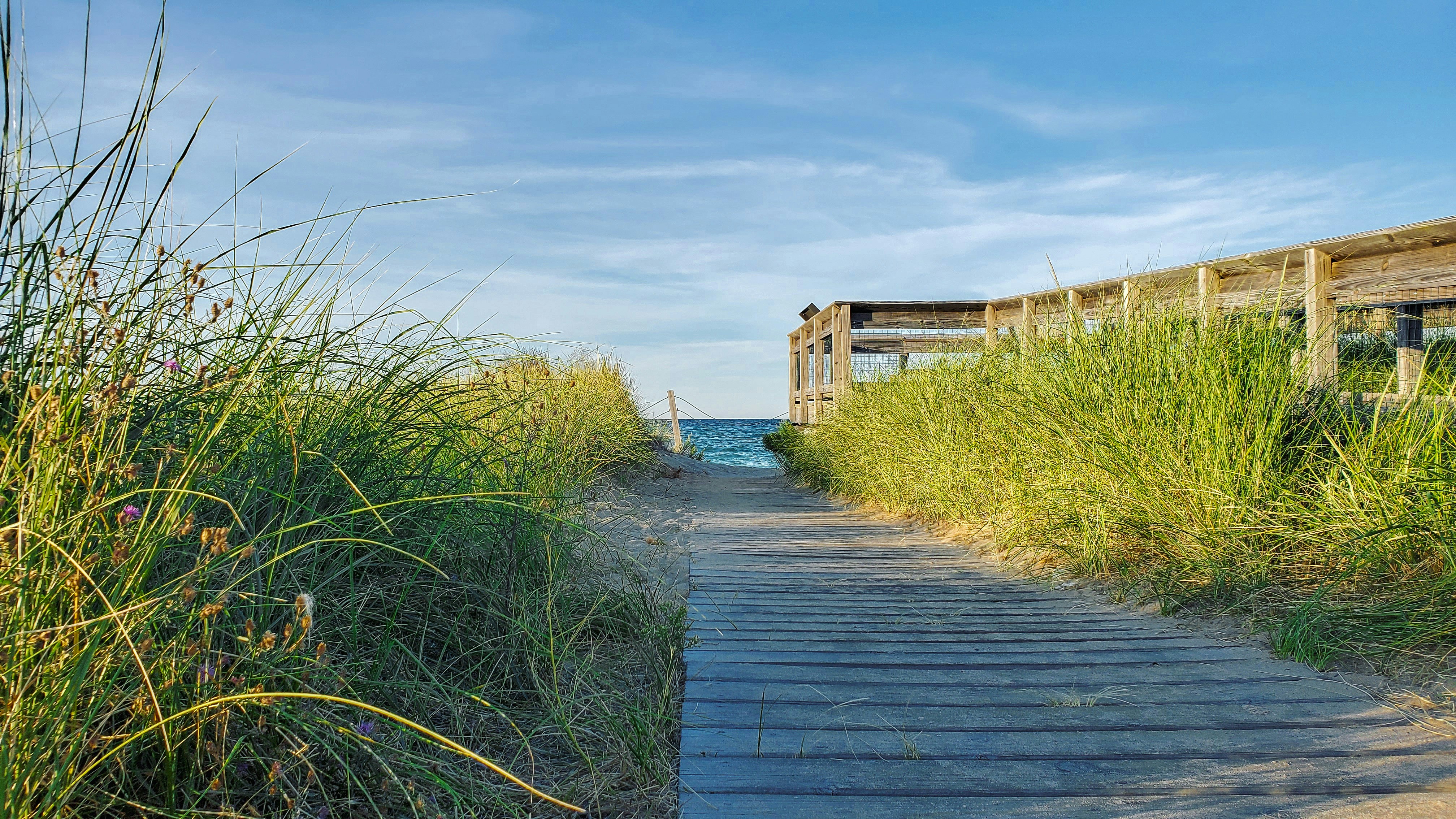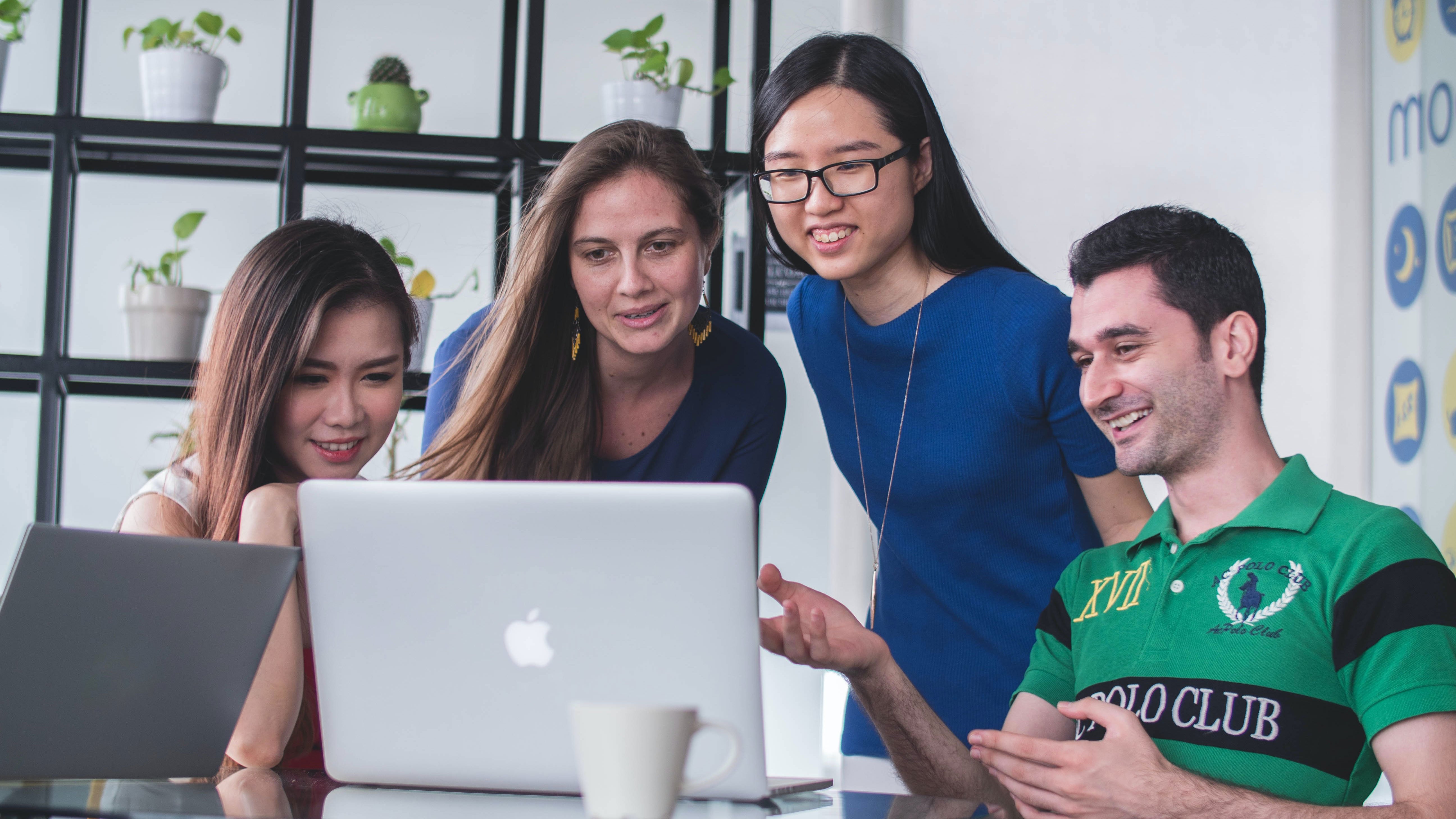On August 24, 2021, over 100 people joined us for a workshop to talk about approaches to localizing the Sustainable Development Goals (SDGs) – that is, taking global priorities and orienting them toward local outcomes.
We were thrilled to host speakers and participants from across Canada and the world who shared their stories of SDG collaboration and implementation, as well as their reflections and advice on challenges that may come up in this work.
Messages on collaboration, partnership, and common goals
Here are 10 takeaways from the workshop conversations, which we hope to continue in our new Community of Practice on SDG localization in Canada. Join us to learn more!
- Focus on a specific project or set of projects to ground the SDG framework locally. This will help build momentum and concrete opportunities for collaboration between municipal and community leaders. It can also support community engagement backed by municipal commitment toward scaling and structural sustainability.
A guiding question throughout this process is What can you offer to the city, and what are you asking of it? - Advancing the SDGs requires building and maintaining strong relationships. Relationship-building is about grounding ourselves on shared values, while being intentional in maintaining connections that we plan on keeping and considering fundamental principles to nurture them: authenticity, humility, truth-telling.
- We must acknowledge our common history to truly understand what it means to leave no one behind and strengthen our relationships. A starting point is to read key reports such as the Final Report of the Truth and Reconciliation Commission of Canada.
- Naming common objectives between the city and local stakeholders explicitly facilitates data collection, allows us to work toward a common purpose, and enables the emergence of more impactful and integrated collaborations to advance the SDGs, especially in the context of COVID-19.

- Conducting research on community champions who are already working with residents helps develop a holistic understanding of the strengths and challenges that communities face in localizing the global goals.
- While COVID-19 shed light on the structural and social inequalities of our time, it also brought people together in a way that we would not have seen otherwise.
The pandemic demonstrated the capacity of cities to activate SDG localization in order to tackle interconnected challenges and strengthen belonging in times of social isolation. - The SDGs are not an extra framework for communities to report on. The Global Goals contribute to strengthening civic capacity to bridge the gap between a global framework and existing local approaches, opening opportunities for local solutions to emerge.
In this process, the interconnected and indivisible nature of the SDGs helps us integrate the dimensions of ecological transition and diversity, equity, and inclusion, as well as the dimensions of people, planet, and prosperity. - Solving systemic challenges is not something that happens quickly, nor is it executed by one or two organizations alone. We need to think of our intergenerational connections and set out a long-term vision of how we want our communities to be that goes beyond shorter-term political cycles.
- Developing Community-City advisory committees that are working on common issues and engaging those committees into SDG work and planning is an example of governance structures for collaboration. These structures facilitate a common understanding of local priorities and support the development of a city plan that integrates SDG localization.
- Support from city mayors is game-changing in building impactful partnerships between local governments, communities, philanthropy, and the private sector. Mayors are finding that the SDGs resonate as a common language across sectors, while offering opportunities to connect with international partners and contribute to a shared global vision that goes far beyond their community.
Join the community of practice
We look forward to further exploring these topics in our Community of Practice on the localization of SDGs. See you there!
Further Your Learning
- Sign up for the Community Climate Transitions Newsletter
- Join the Community of Practice on the Localization of SDGs
- Register for the upcoming webinar: Advancing the Sustainable Development Goals in Your Community





